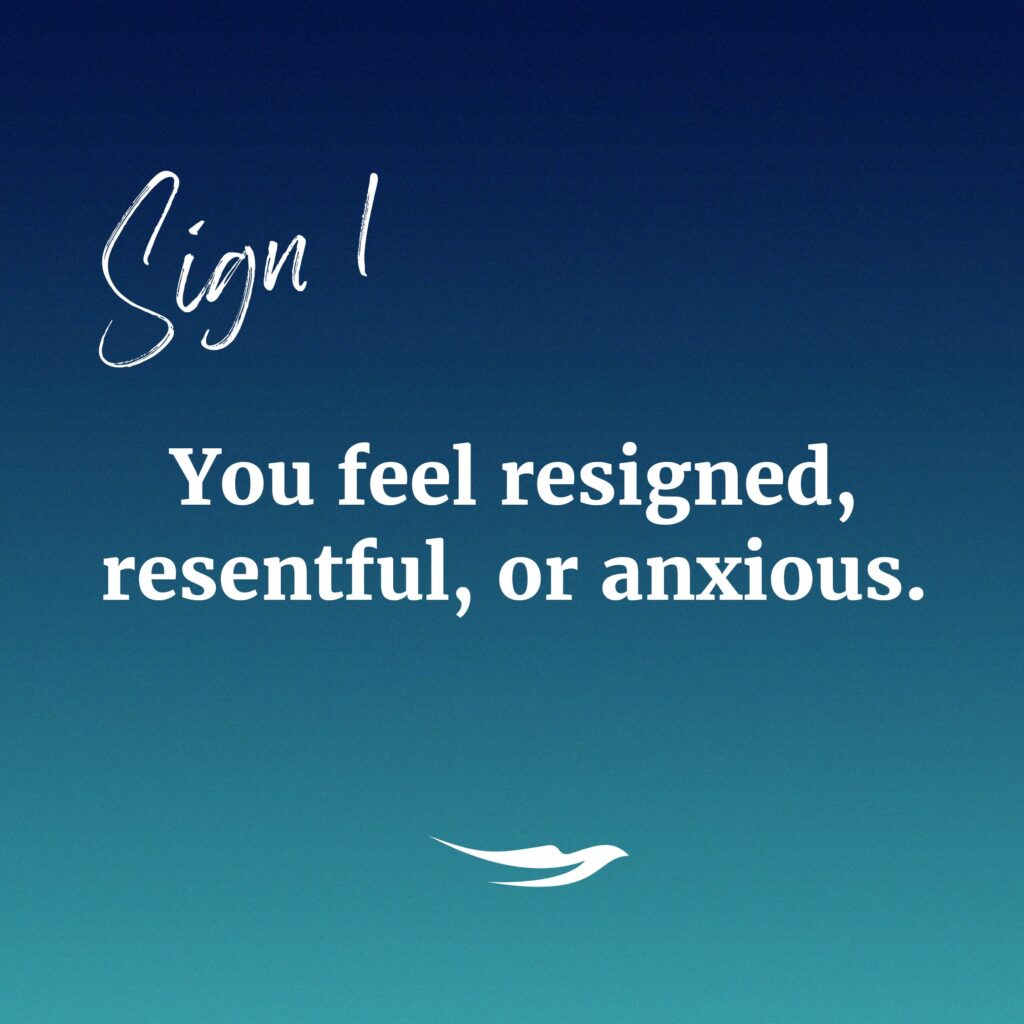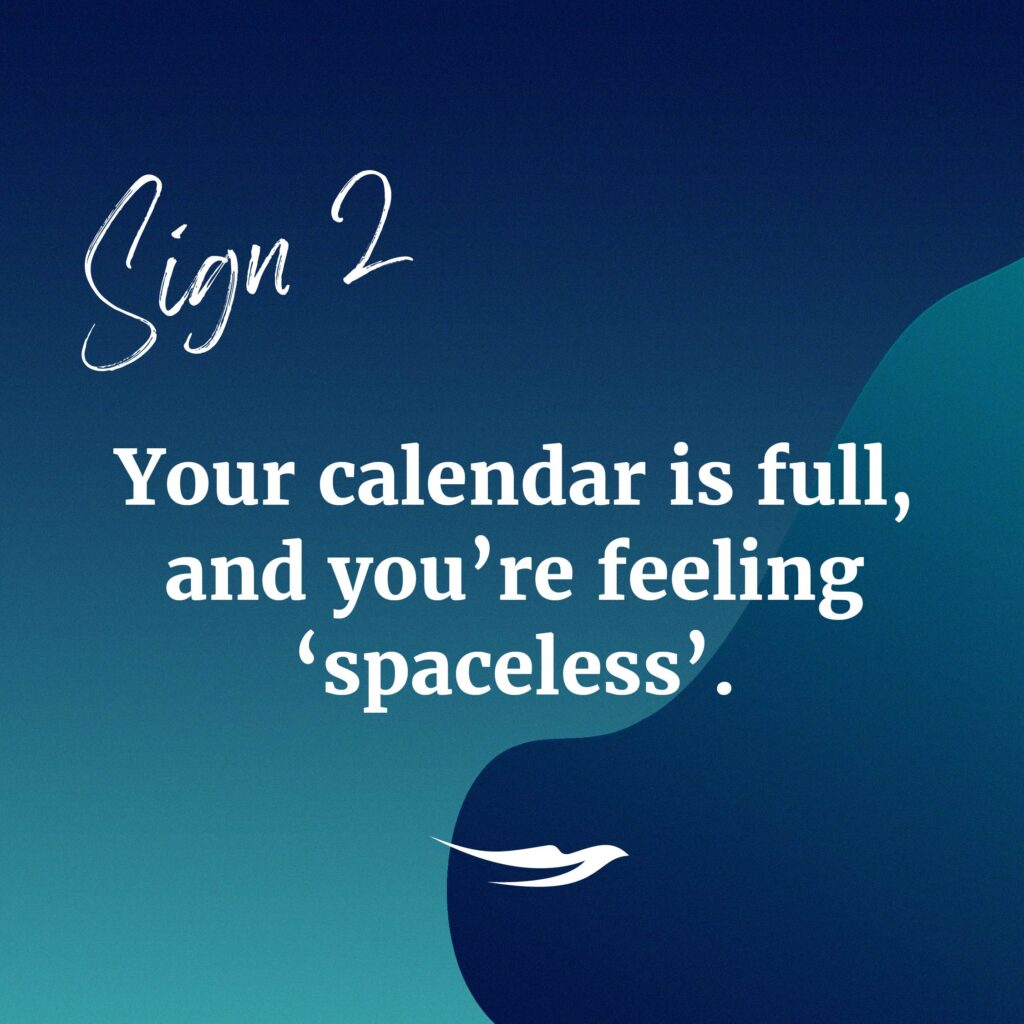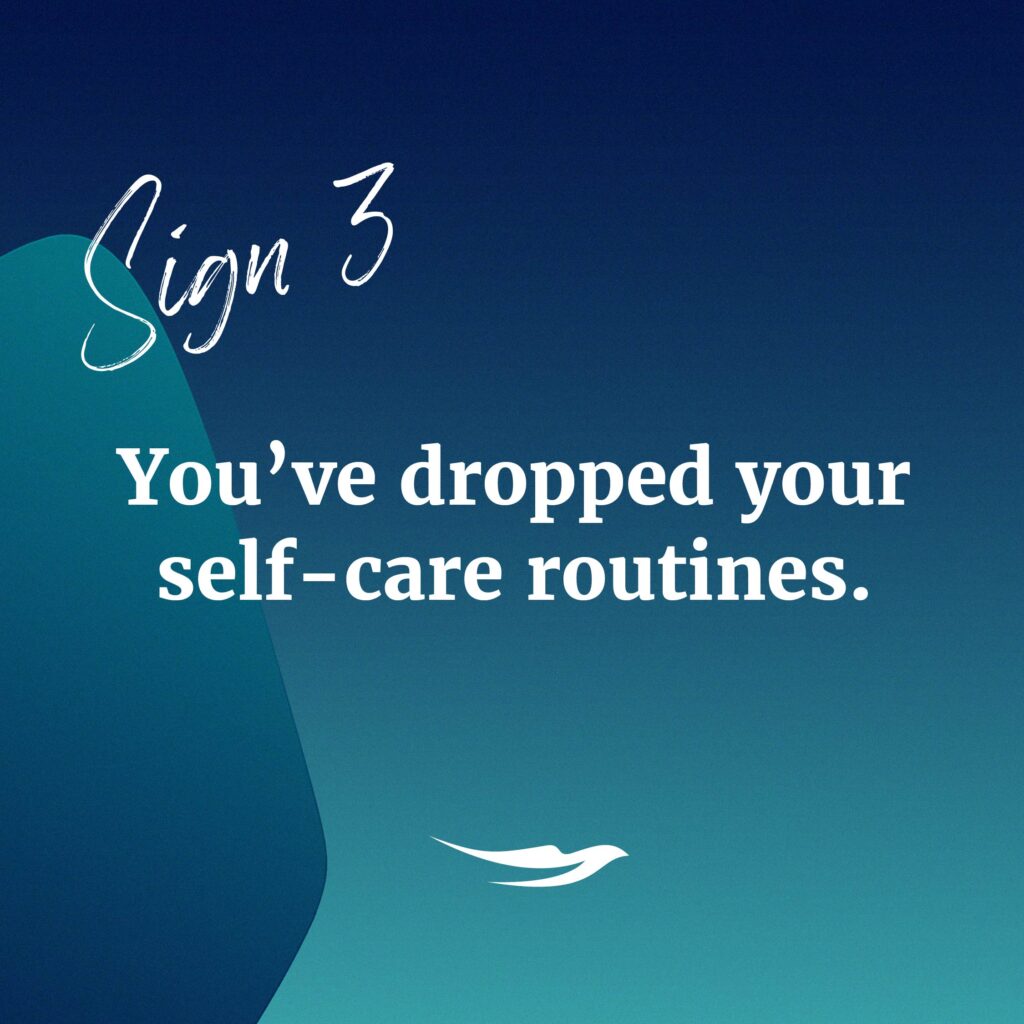Leader Self-Care
Top Trending Posts

Noticing business conditions tighten?
Being asked to deliver more with less?
Detecting a toll on your personal wellbeing?
We’re sensing it!
In our interactions with leaders, teams, and organisations, we are seeing signs of economic contraction and the associated stress that plays out for leaders and their teams, with a ripple effect for entire cultures.
We’re also observing that self-care and time allocated for it seems to be one of the first things surrendered – the irony being that it’s the thing we need most.
You might consider this observation a dilemma, but we see it as a profound opportunity. Times of stress, change and contraction are times to cultivate presence, focus and clarity of mind. If you’re a Leader or managing a team, we see that this time provides an opportunity to pay attention to your wellbeing and begin working on the quality of your thinking, moods, and behaviours – for yourself and others.
In this article, we provide a few of the tell-tale signs that your self-care needs a tune-up. We also offer some questions and advice to help you take action in a way that makes a positive and powerful difference for you, your colleagues and loved ones.
Sign 1 – You find yourself in moods of resignation, resentment, or anxiety

Unconstructive moods are a tell-tale sign that we must reinstitute our self-care practice. Moods reflect the recurrent narrative we find ourselves in. When we’re busy or stretched, we can fail to see that the quality and frequency of this narrative shapes our moods and our moods shape how we perceive ourselves and our reality.
Consider your first thoughts of the day or recurrent thinking patterns that shape the narrative of your days. Do your thoughts tend to be more positive or negative? What ‘story’ are you telling yourself about work, your role, your place, and your life? What impact is the quality of that story having for you?
Shifting your mood is a deliberate act. If you’ve detected a negative angle in response to the questions we pose, then we’d like you to entertain the possibility that by changing the narrative or story you’re running, you can change your moods. Yes, it’s possible. Begin by asking yourself these three questions:
- What story have I been investing in that’s shaping my mood, and for what reason am I attached to that?
- What narrative would be more constructive or have me feel more powerful in the way I choose actions for myself and my life?
- What mood would I like to cultivate for myself and others I lead, manage, and live with, and how would I feel about myself if I could ‘show up’ like that every day?
Sign 2 – You’re back-to-back and feeling ‘spaceless’

Who’s in control of your diary these days? Are you running your days in a series of back-to-back meetings, with no time to reflect, plan and complete tasks? How productive are your meetings? Are they always worth the time you give to them? Are you as present and available as you’d like to be? You might be wondering how else you can manage the mountain of requests and work coming your way, and we’d say that’s a great enquiry to be in.
You may feel tempted to fall victim to the system you find yourself in, but we advocate another way – and challenge you to take back control of your calendar. This can take some forward planning, but it really begins with a declaration that ‘something needs to change’. Once you’re committed to the idea that something CAN change, try these tips:
- Block out time each day to ‘do your work’ – perhaps 1-2 hours at the beginning and end of the day and allow meeting time in between. If you can’t manage this every day, try 3 days a week.
- Engage your colleagues in a conversation about what you’re changing and why, and request that they respect the ‘diary blocks’ since they enable productivity, focus and wellbeing. Better still, encourage them to do the same.
- Change your meeting behaviour—decline meetings where you’re not essential and ask for a briefing or summary of minutes afterwards. Try a 45- or 50-minute meeting instead of a 1-hour meeting. Allow time for transitions, requests, and pauses between.
- Spend time designing, preparing for and being 100% present for the meetings you attend, where the focus is not just a catch-up or chat, but progressing shared work through requests, commitments, and accountability.
Sign 3 – You’ve dropped your self-care routines

What is self-care for you? We describe self-care as the range of spaces you make and activities you undertake that have you feel balanced, well and able to attend to the responsibilities in your life. We’re talking about morning walks, daily meditation, preparing healthy meals, hobbies, and leisure activities. You will have your own version of ‘self-care’.
When the pressure is on and more is being asked of you, self-care routines may seem the easiest to relinquish, but sadly, the most costly. What important self-care routines have you surrendered in the past couple of years, and at what cost? When have you felt the most vital and intentional in life, and what conditions did you create for yourself to feel that way?
If you could craft a self-care routine as a part of each day, what would that entail? What difference would it make for you to devote time each day, each week, and each month in service of your vital energy and productivity? If you’re keen to re-instate a self-care routine, consider the following questions:
- What space would I like to create each day and each week to invest in self-care?
- What self-care practices have me feel most vital and energised?
- What is the minimum amount of time I could invest from this week forward to begin building that routine back into my life? What could I do to build this up in, say, 1 month, and what difference would this make?
- Who might serve as an effective accountability ‘friend’ or partner to support and enable me as I build back this routine?
Sign 4 – You’re unclear on purpose and feeling uninspired

Yes, there might be a mortgage to pay, but feeling a lack of purpose and/or uninspired is cause to pause! Some of us will choose jobs that pay the bills, and that’s enough since we find our purpose in what we’re creating outside of work. But for others, connecting with a sense of purpose in ‘what we do’ matters. If you’re in the latter camp and feeling a lack of inspiration or compromised on purpose, our advice is ‘confront it’.
What seems to be missing for you? What do you long for when it comes to purpose? Is it about work, or is it more existential – are you looking for more meaning in life? You might have heard of the quote “the purpose of life is a life of purpose” by Robert Byrne. That purpose does not need to be material, nor needs to be represented by our day job. There are plenty of people who find meaning in charity work, volunteering, community, and family. But, if you long for more, we encourage you to explore that, with the confidence to know that there are many expressions of purpose that can make the more ‘mundane’ parts of your life more meaningful. To help you explore this, we invite you to reflect on the following:
- What activities do I find meaning in?
- When these are included as a part of my life, what difference does (or will) that make to the way I feel about myself – my self-esteem?
- What would I like to learn or explore as a means of feeling more like my life is inspiring?
- What am I prepared to risk or let go of, for the chance to craft a life of inspiration and purpose?
As we move toward the end of the year, these months may be a relevant time to remember that wellbeing sits at the core of how you show up. When you prioritise wellbeing and self-care and take the time to nurture physical, mental, and emotional health, resilience and presence become more available.
So, given the 4 tell-tale signs we offer, our questions and advice, what possibilities are emerging for you and your sense of self-care? What actions will you choose?
Share This
Top Trending Posts
Sign Up
to our blogs and receive regular updates.

Stay in the Conversation
with Liberated Leaders...






